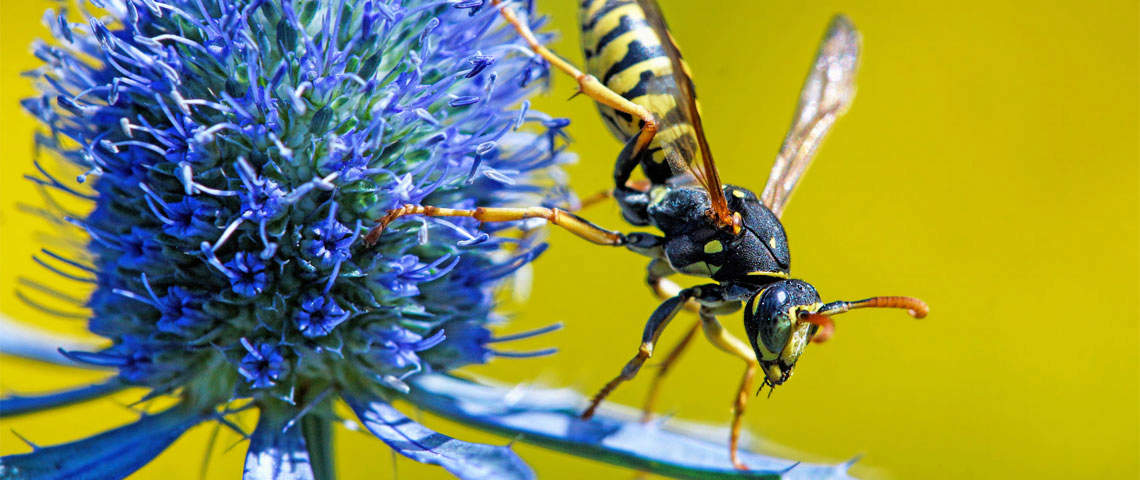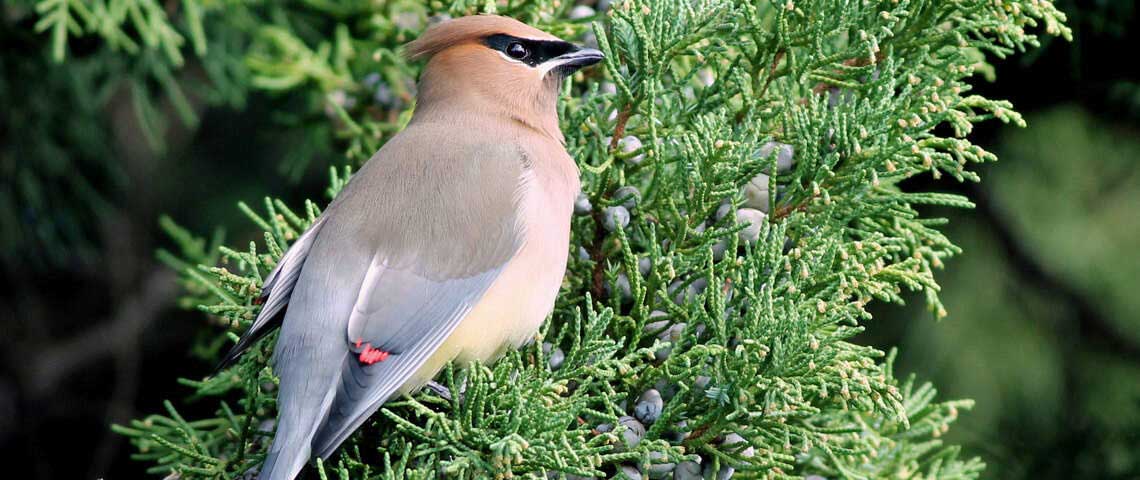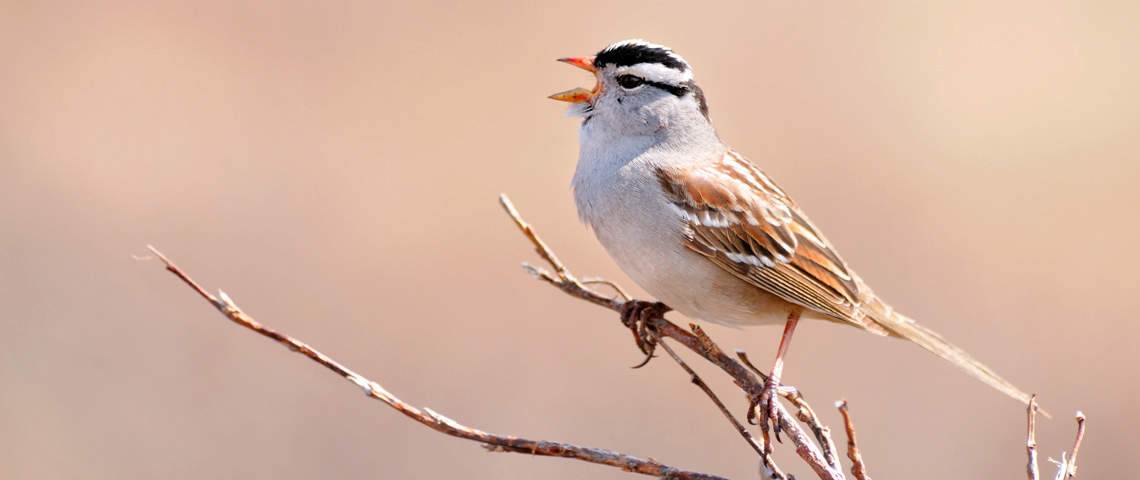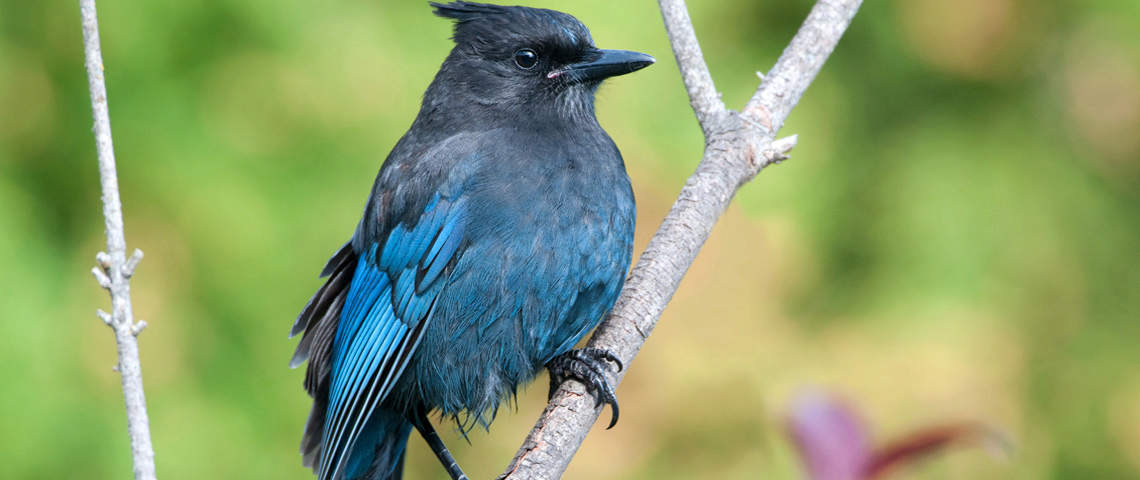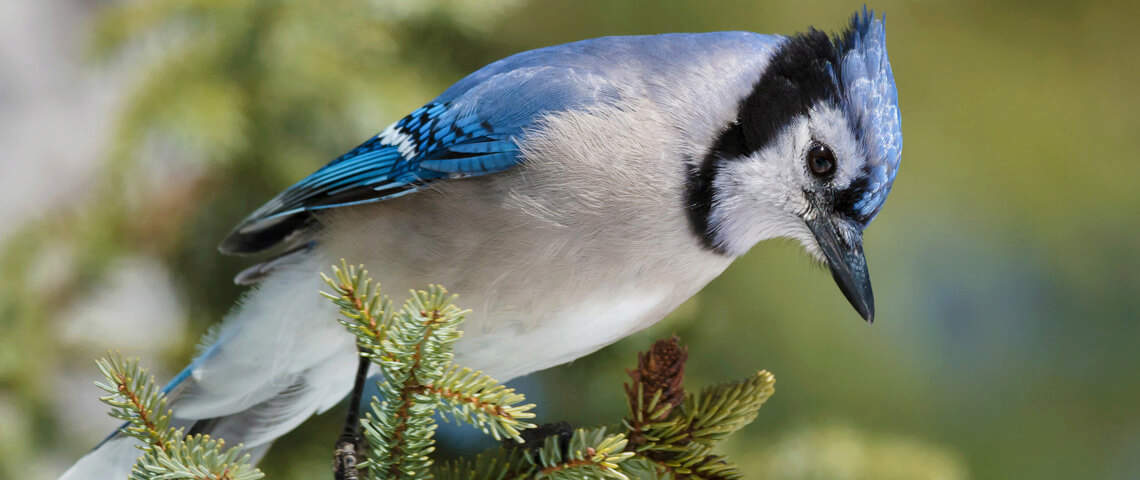Feeding Birds: Dealing with Wasps
Wasps can be extremely frustrating to deal with at hummingbird feeders. All the pesticides that are effective at killing them are also dangerous for birds. What can you do to keep them at bay?
Moving hummingbird feeders can mislead wasps for a while as a temporary fix, but as soon as one wasp discovers where the feeder is, it communicates the location to others in its hive. A better long-term strategy is to draw them to an area of your yard where they won’t be a problem. To do that, fill a hummingbird feeder with an extremely concentrated sugar water mixture (a cup of sugar per cup of water is not too strong!) and hang it in an area of the yard where the wasps won’t bother birds, people, or pets. After hanging the feeder, brush the outside with that same concentrated sugar mixture. When wasps discover this feeder, they usually ignore sugar water feeders holding a more bird-friendly sugar concentration (usually ¼ – 1/3 cup of sugar per cup of water).
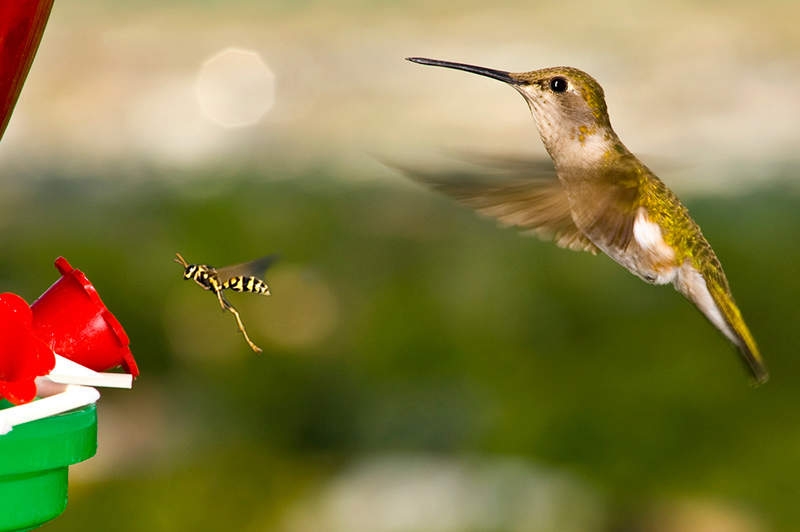
Wasp guards do not work on tube-style hummingbird feeders, especially in hot or sunny weather. When the warm air above the sugar water heats up, it expands, forcing some of the water through the feeder ports. If wasp guards are on these, the sugar water drips on them, making them more attractive to bees and wasps (which are also attracted to the color yellow). Of course, even without the guards, the wasps can get to the sugar water.
If you have a bee or wasp problem, it’s wiser to use the kinds of dish hummingbird feeders that require the birds to dip their bills in the sugar water from above. If you fill it lower than the full volume, hummingbirds will still be able to reach the sugar water with their tongues but wasps won’t have access to it at all.

During one dry summer when one yellow jackets were exceptionally abundant in her yard, one birder found a unique solution. Her favorite hummingbird feeder was affixed to the window next to her home office desk where she spent most of the day working, and so she noticed how often the wasps took over the feeder, sometimes chasing her hummingbirds away. When one female hummingbird barely escaped being stung, this birder grabbed her small but noisy hand vacuum, cranked open her window, and vacuumed up three or four wasps. Within minutes more had arrived, and she vacuumed them up, too. After doing this four or five times, she got back to work. Suddenly out of the corner of her eye, she spotted a hummingbird hovering an inch from the window, staring right at her. She looked at the feeder and there was another wasp. She cranked open the window, turned on the noisy vacuum, and grabbed the wasp, while the hummingbird hovered just a few feet away. The moment the wasp was gone, the hummingbird was back at the feeder, before the noisy vacuum had been turned off or the window closed! For the following week, the hummingbird alerted the birder by hovering at the window whenever a wasp took over the feeder—an extraordinary example of how intelligent hummingbirds are.

